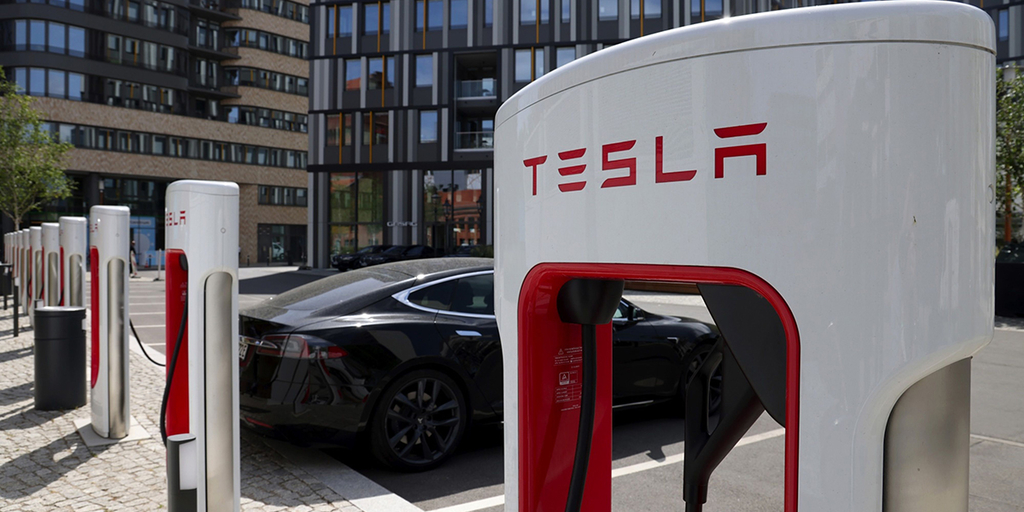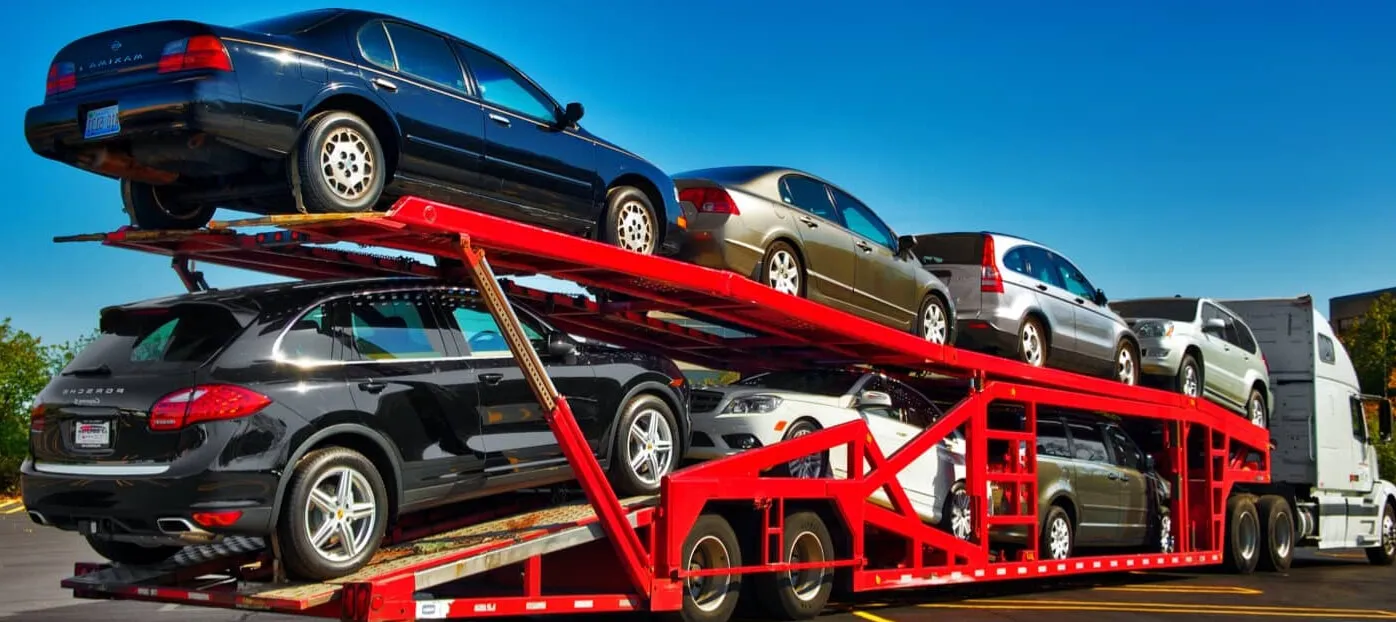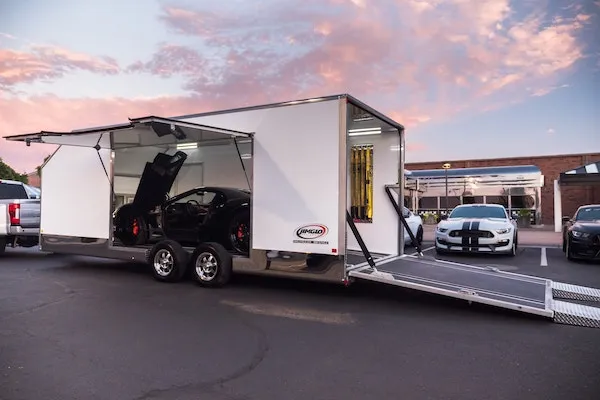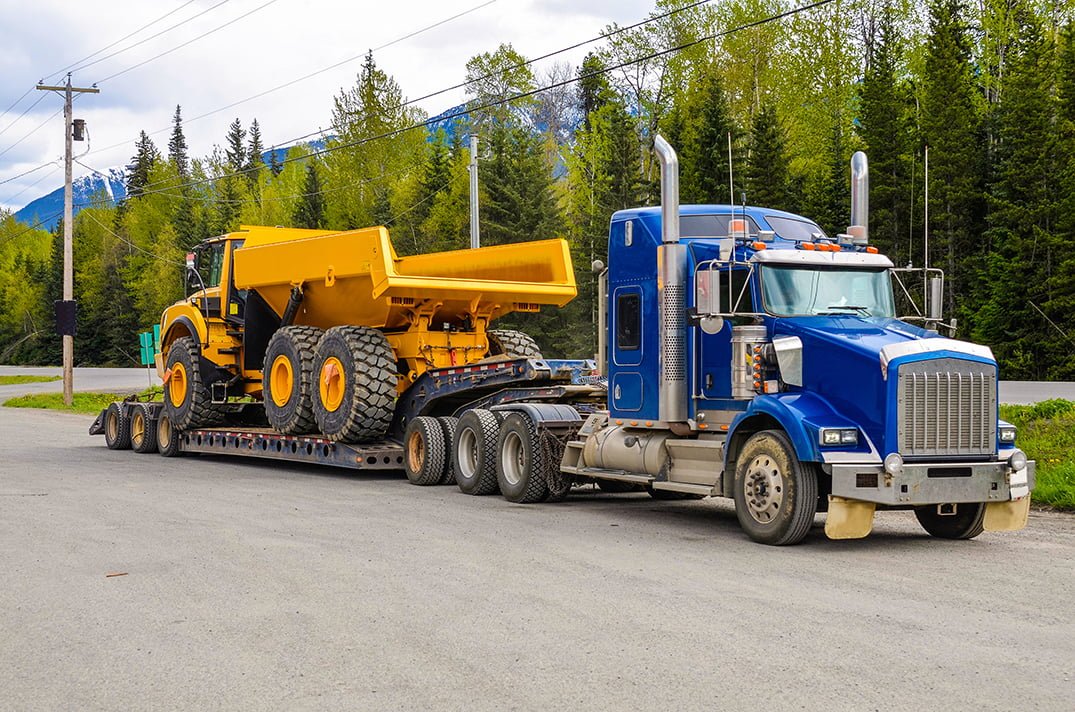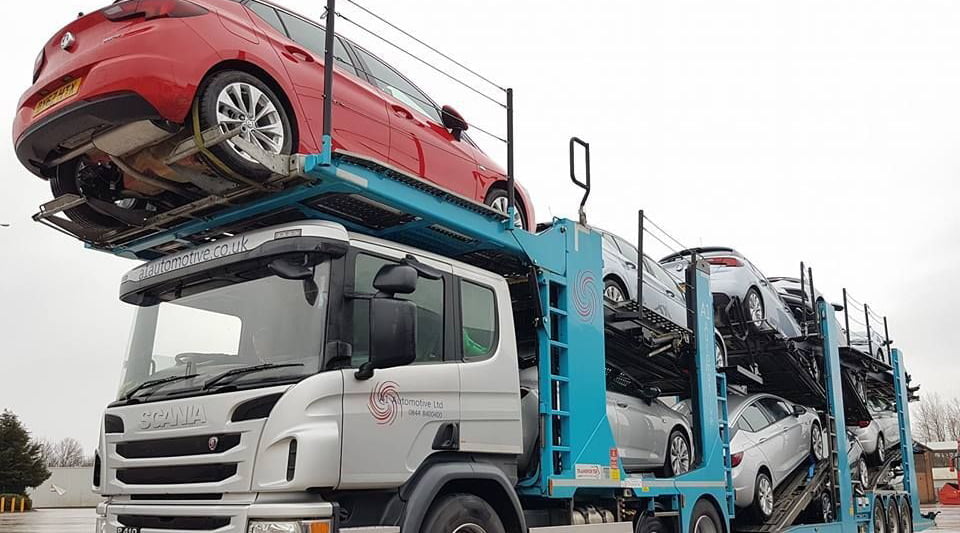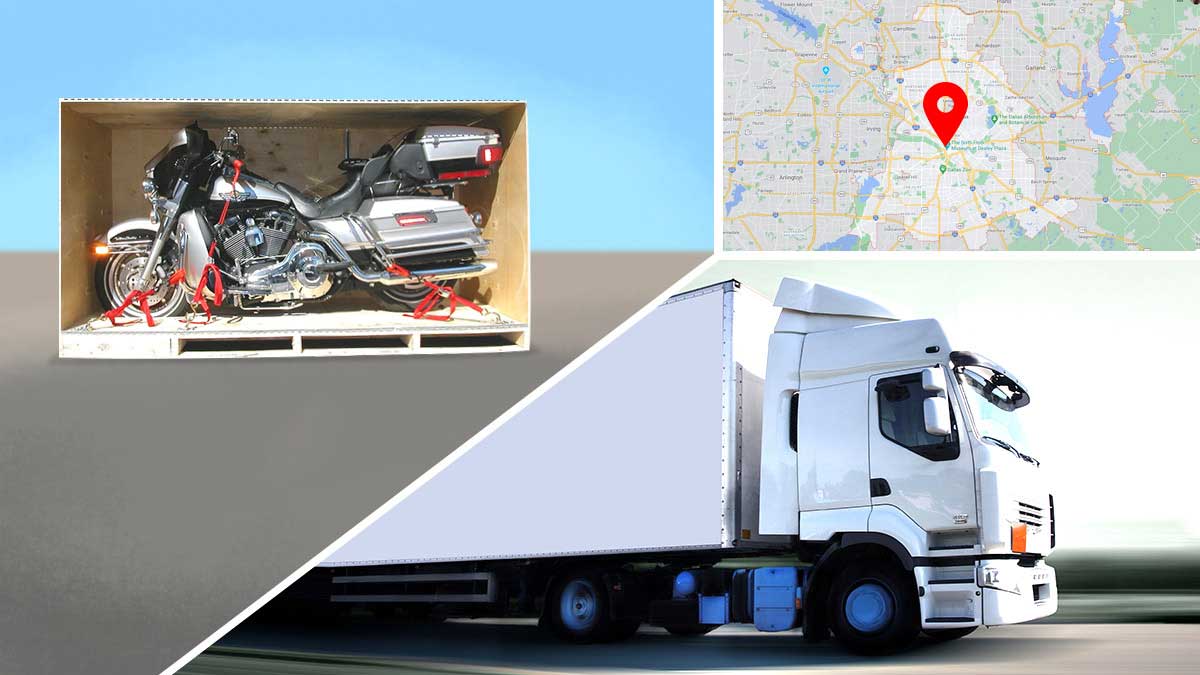As part of a $7.5 billion federal program to promote the use of electric vehicles and reduce carbon emissions, Tesla Inc. is relinquishing part of its U.S. charging network developed by rivals will bring to market electric vehicles (EVs).
The plan could help Tesla become the global “filling station” of the EV era, but it could undermine the company’s competitive advantage for automobiles with access to the largest network of high-speed superchargers in the United States. There is danger.
The Biden administration said Tesla will open 3,500 new and existing Superchargers along highway corridors to non-Tesla customers by the end of 2024. In addition, 4,000 slow chargers will be installed at locations such as hotels and restaurants.
Biden tweeted that the proposal to open a “significant portion” of Tesla’s network to all drivers was “important” and would “make a significant difference.”
Tesla Chief Executive Officer Musk responded, “Thank you. Tesla is happy to promote other EVs through our Supercharger network.”
In building our EV charging network, we have to ensure that as many chargers work for as many drivers as possible.
To that end, @elonmusk will open a big part of @Tesla‘s network up to all drivers.
That’s a big deal, and it’ll make a big difference. https://t.co/hb6pyVhtbg
— President Biden (@POTUS) February 15, 2023
A White House official told a briefing that Tesla would be eligible for subsidies, including retrofitting its existing fleet, as long as its chargers comply with CCS charging standards, which are backed by the federal government. .
The administration said Tesla has not committed to adopting CCS as its standard, but the company must meet conditions to qualify for federal funding.
Tesla’s 17,711 Superchargers account for more than 60% of all U.S. fast chargers, which can add hundreds of miles to a vehicle’s range in less than an hour. In addition, there are about 10,000 “floor” chargers equipped with Tesla plugs that can charge a vehicle overnight.
Opening access to Tesla’s network would be an immediate win for the federal initiative to build 500,000 EV chargers by 2030, up from the current 130,000.
“Select Tesla Superchargers in the US will soon be available for all EVs,” Tesla announced on Twitter, without saying when, where, or how it would open its chargers. The company said it previously planned to more than triple its network of Superchargers in the United States by the end of 2024.
Select Tesla Superchargers across the US will soon be open to all EVs
— Tesla Charging (@TeslaCharging) February 15, 2023
Plug and pay
Companies seeking federal funds for the network must also use standardized payment solutions that require a single method of identification across all chargers, the administration said.
It was said that all EV drivers will have access to these stations through the Tesla app or website.
Adding non-Tesla owners may require a separate connector and payment method.
A White House official said Tesla has both the technology and software necessary for CCS. Musk said in 2021 that his charging network was not meant to “create a walled garden and use it to stop our competition.” Investors and USEV fans are waiting for Musk to take action on the Chargers. From 2021, the firm has made select Superchargers in Europe and Australia accessible to non-Tesla owners.
Conclusion
According to analysts, the federal funding at stake required Musk to either pursue the idea or risk competitors such as EVgo Inc. and ChargePoint Holdings Inc. taking over the market.
Analysts say that opening up Tesla’s networks could boost the automaker’s finances and revenue, but it could also undermine brand distinctiveness and make the network difficult to manage.

